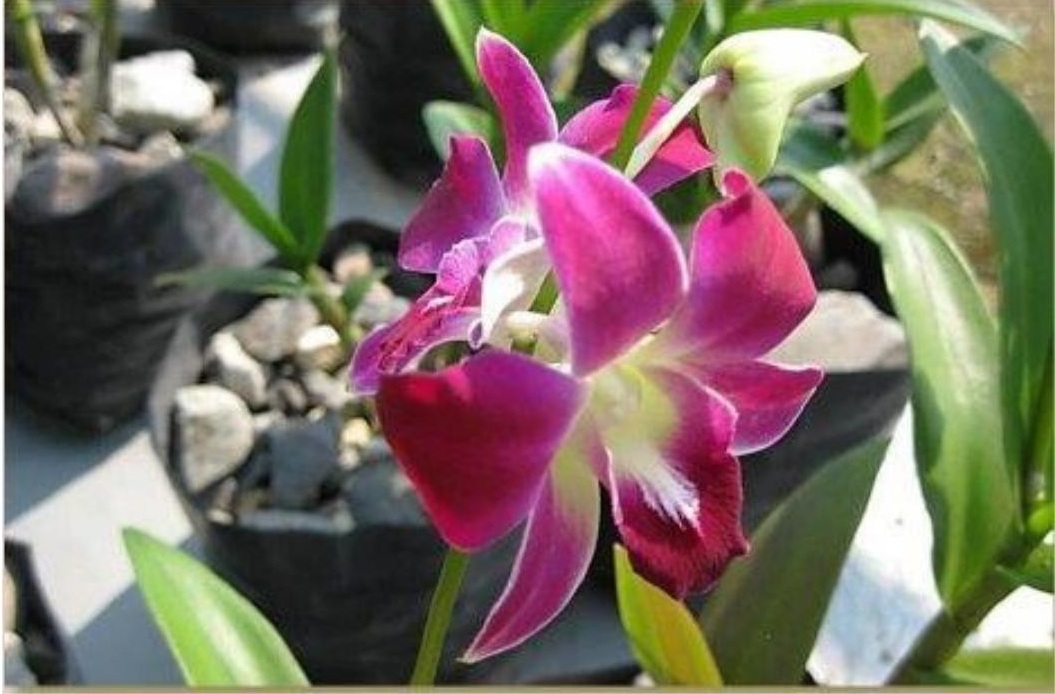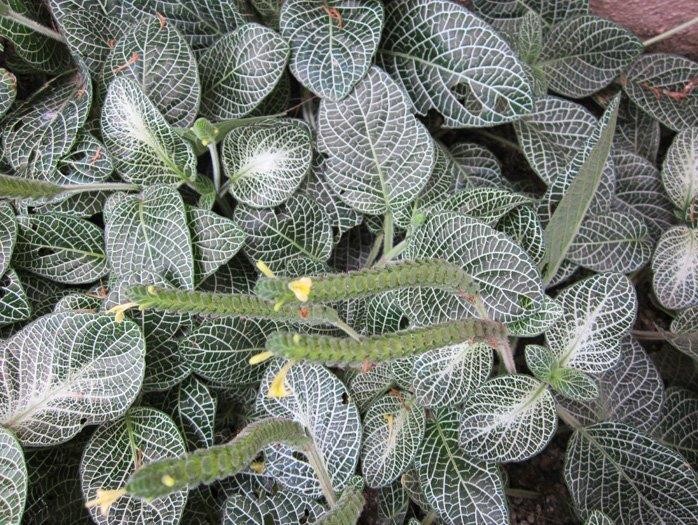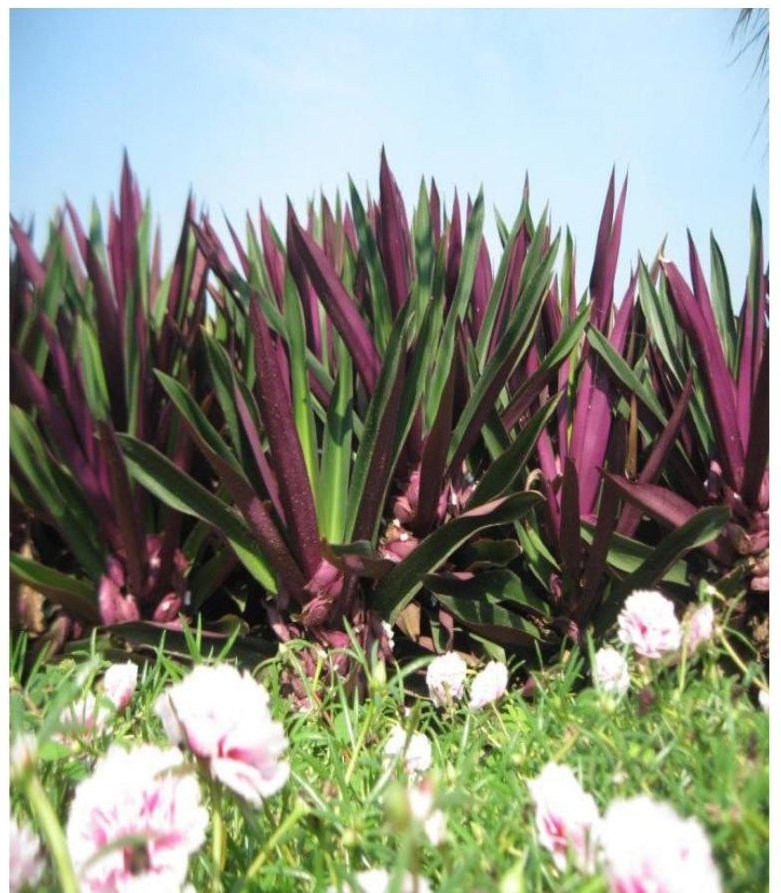By Tommy Clarkson from the October 2017 Edition
The orchid genus is the second largest family of all the world’s flowering plants. It has between 22,000 and 27,000 currently accepted species, in 880 genera – not counting more than 50,000 registered hybrids! The Dendrobium varieties, alone, have somewhere around 1,500 species in their genus. To be a good Dendrobium caretaker requires remembering no little detailed data!
That name stems from the Greek word dendron (“tree”) and bios (“life”) – thus, “one who lives on trees.” (No, Tarzan was not a Dendrobium!)
Their origin is a diversity of habitats ranging from southern and eastern Asia, including the Philippines, Australia, Borneo, New Guinea, New Zealand and the Solomon Islands. A well-adapted genus, they thrive in climates as diverse as the high altitudes of the Himalayan mountains to lowland tropical forests and even the dry climate of the Australian desert.
This genus was identified, around 1783, by the Swedish botanist Olof Peter Swartz. While the shape and form of Dendrobium stems and leaves vary greatly, the pattern of flowers is fairly constant, ranging from smaller than a tiny matchbox to large, specimens that measure more than three feet (.91 cm).
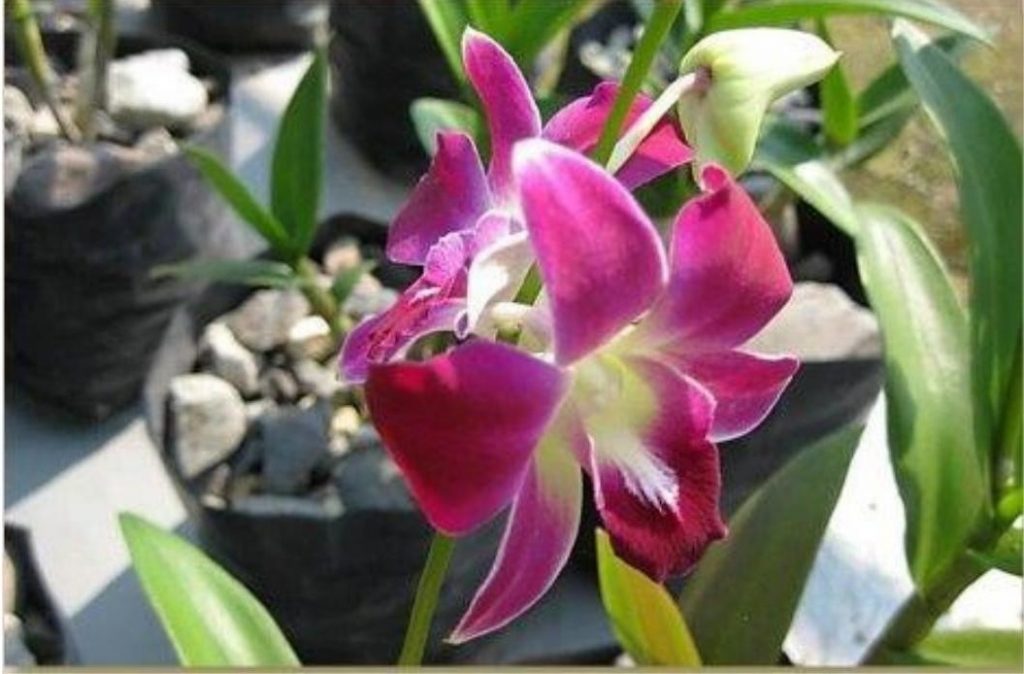
Let’s zero in on the care and attention that should be given to one of the easier-to-grow varieties, the phalenopsis type Dendrobiums which are evergreen with thin, pseudobulbs (storage organs at the thick stem part between leaf nodes). They are either epiphytic or lithophytic. The former means non-parasitically growing on other objects (such as a tree) and deriving their moisture and nutrients from the air and rain. The latter are plants that grow on rocks, feeding off moss and get-ting its nutrients from rain, litter, and its own dead tissue.
Water them in the morning to ensure that the leaves are dry before nightfall. The amount you give them will depend on the potting media in which they’re growing, as well as the type and size of pot. Dendrobiums appreciate smaller pots – taller than they are wide. In that they are usually large plants in somewhat small pots, a twice-a-week watering regime is probably best – but ensure that they are almost dry before rewatering.
One of the best ways to give them a drink is to place them in the sink and use tepid water – not salt-softened or distilled water. Then allow the water to run through the plant for a minute or so before letting the plant drain completely. (This is a good time to inspect your plant for any sign of insects or disease.)
They need lots of indirect light. We have some growing – not in a potting medium, but directly on the shaded, southern trunk sides of African Oil Palm and a Mexican Fan Palm. They get sprayed bi-weekly. Inside, a lightly shaded south window is normally the best location.
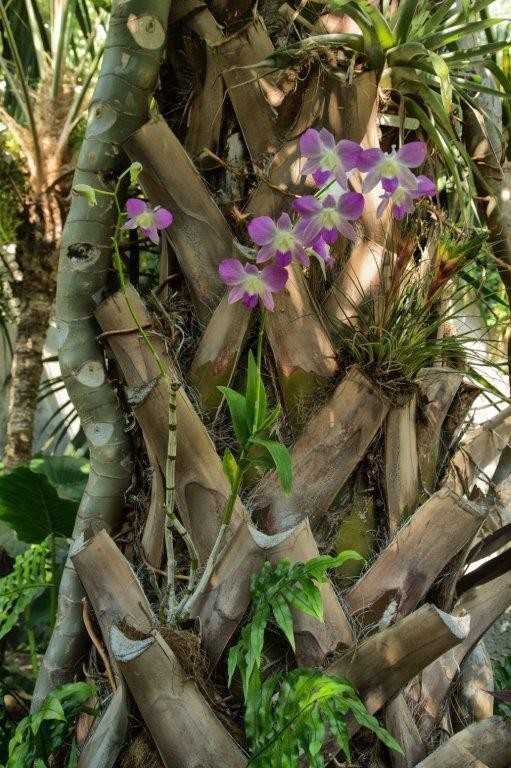
Dendrobiums can withstand hot weather with the proviso that adequate ventilation and humidity are provided. The professionals point out that daytime temperatures between 65° to 75° F (18.33° – 23.89° C) and between 55º to 60º F (12.78° – 15.56° C) at night are best. Here in Ola Brisa Gardens we’re a bit above that. But remember, if employed as an indoor plant, the temperature close to windows is colder or hotter than the general house temperature.
Food-wise, Dendrobiums like a balanced orchid fertilizer – such as 20-20-20 – used at about 1/4 strength once a week. If in a pot, they should be flushed with clear water once a month to remove any accumulated salts in the potting mix.
If you’ve time and inclination for more attentive care, here are some appropriate tips: Use a shallow tray of pebbles filled with water to increase humidity around your potted specimens; en-sure the pot does not sit in water as this will rot the roots; give your plants room for air to circulate around them because crowding of plants can lead to problems with insect infestations and fungus; and, a small fan helps provide good air circulation around your plants.
Following blooming, you can cut the flowering stem at the point where it came out of those pseudobulbs. (Do not cut off the entirety of this stalk as a new flower stem will grow from there.) Continue watering and fertilizing and, within a year, a new growth will spike to begin the blooming cycle again!
When re-potting, use a small pot; using a large pot will slow growth and reduces flowering significantly. Re-pot every two to three years.
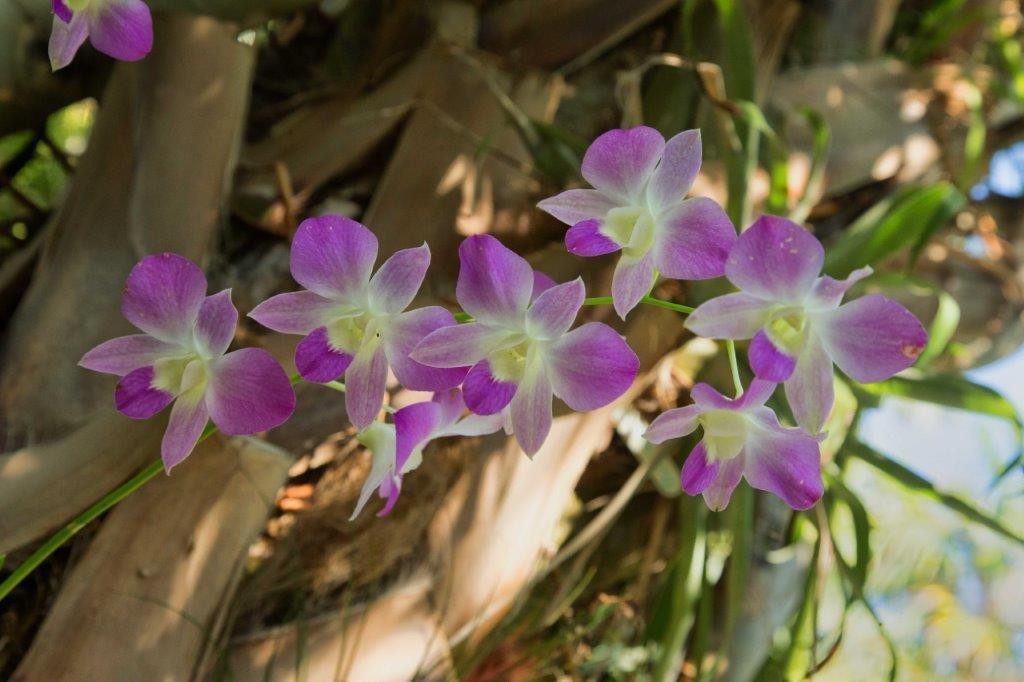
For back issues of “Roots”, gardening tips, tropical plant book reviews and videos of numerous, highly unique eco/adventure/nature tours, as well as memorable “Ultimate Experiences” such as Tropical Garden Brunches
Visit us at… www.olabrisagardens.com
Download the full edition or view it online
—
Tommy Clarkson is a bit of a renaissance man. He’s lived and worked in locales as disparate as the 1.2 square mile island of Kwajalein to war-torn Iraq, from aboard he and Patty’s boat berthed out of Sea Bright, NJ to Thailand, Germany, Hawaii and Viet Nam; He’s taught classes and courses on creative writing and mass communications from the elementary grades to graduate level; He’s spoken to a wide array of meetings, conferences and assemblages on topics as varied as Buddhism, strategic marketing and tropical plants; In the latter category he and Patty’s recently book, “The Civilized Jungle” – written for the lay gardener – has been heralded as “the best tropical plant book in the last ten years”; And, according to Trip Advisor, their spectacular tropical creation – Ola Brisa Gardens – is the “Number One Tour destination in Manzanillo”.
